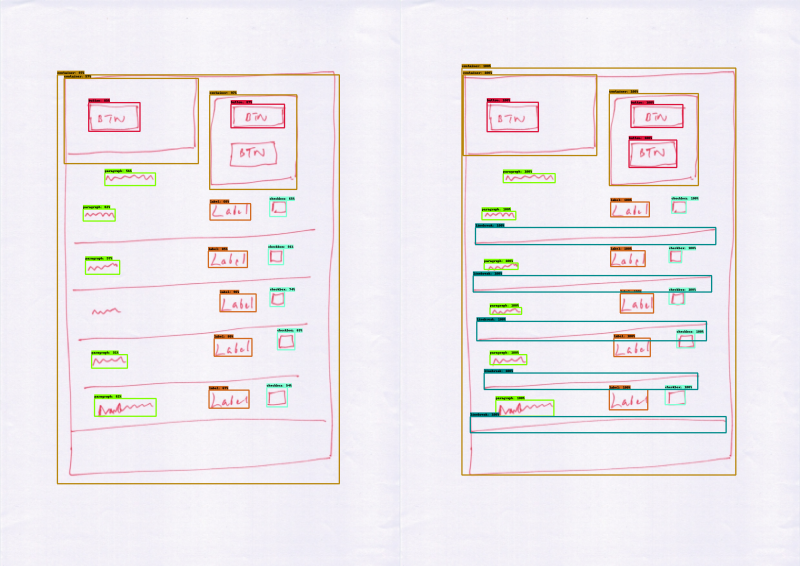Python is one of the most popular programming languages on the market today. It’s maybe even the most popular language, depending on whose survey you use as a reference. There are numerous reasons why it’s so popular, including a couple that make it a very good language to use in an up-and-coming field called machine learning.
Before going into explaining machine learning, let’s just set the record straight to a general misconception about ML and AI. They are not synonymous and should not be used as such. Artificial Intelligence is a vast field. Machine learning is a branch of that field. That’s it. Getting back on topic, to understand why Python works well in implementing machine learning projects let’s have a look at a definition of ML.
“Machine Learning is the science of getting computers to learn and act as humans do, and improve their learning over time in an autonomous fashion, by feeding them data and information in the form of observations and real-world interactions.” This definition, by Emerj, is based on the ideal objective of machine learning.
When you’re working in ML you’re working with data, lots and lots of data, and mathematical computations. The last thing you need is a difficult language for implementation. Python is just a good tool to easily implement an ML project.
Every programming language is a tool. If it’s “good” or “bad” depends on what you use it for. A hammer is a great tool for, well, hammering in nails. But it’s not that great for cutting logs. Python works well for implementing machine learning projects, for validating ideas. It’s great at the surface for the data scientist that doesn’t have time or energy to learn a “hard” programming language, just as C is great on the efficiency front of these applications.
Python wields remarkable power in an easy-to-understand (and write) syntax.
Here are two central reasons why Python is popular in machine learning:
Ecosystem
Everything is easier when you have prebuilt tools to help you get started.
The big picture of Python is that of a popular programming language with a thriving and active community that builds, contributes, and extends its environment and reach, including in machine learning. If you do a quick search on libraries or frameworks to use in machine learning, Python will come up quite a lot.
You have numpy, scikit, librosa, pansad, tensorflow, pytorch, scipy – a collection of tools that you can use without a learning curve. If you have a basic understanding of Python you’re good to go. Adding to this the plethora of online courses on AI and ML for Python you get a rich environment of resources. And that makes it easy for newbie programmers to build ML applications.
This takes us to the next point.
Ease of use
People who work in machine learning (or AI for that matter) aren’t necessarily programmers. So, being able to skip a step and not have to delve deep into programming is very useful. Even a beginner in this field can write Python. He can do it in less time and a lot easier than C or Java for instance.
Machine learning requires a good understanding of things like linear algebra, probability, and other difficult concepts, each a field in its own right. Navigating those math-infested waters is hard enough. So, having an easy-to-use language for implementation is like a godsend for ML enthusiasts.
Coding should be the last problem to worry about when working on machine learning and Python makes that happen. Yes, you can also use R. But it has a harder learning curve which makes it less friendly for beginner programmers. Overall, Python is just easy to use in these circumstances.
A hands-on example
Here’s an example of a neural network that analyzes photos of wireframes to facilitate the creation of User Interfaces.
It uses Python and TensorFlow to train a machine learning model that will take as an input an image and produce a JSON as an output. This JSON will contain the position and class of the different atomic elements of the wireframes, e.g. button, header, images, etc.
Here’s a bit of a rough example.
Example of prediction with machine learning (A) and real annotation (B)
When we compare the machine learning prediction to the ground truth, we can see a few errors, the system was not able to learn about the line break, he also missed one paragraph and one button.
In any case, the results are encouraging, once optimized these models can enable time gain and cost reduction for any company that uses it.
All things considered, Python didn’t get to be a first-choice ML language by happenstance. It became popular in machine learning through great community support and involvement, a rich ecosystem, and a gradual learning curve. Who doesn’t like a language that has a plethora of tools available and it’s also easily accessible to a beginner in programming?
If you’d like to know more about our work, check out this page and get in touch!
– Samuel Andraș




